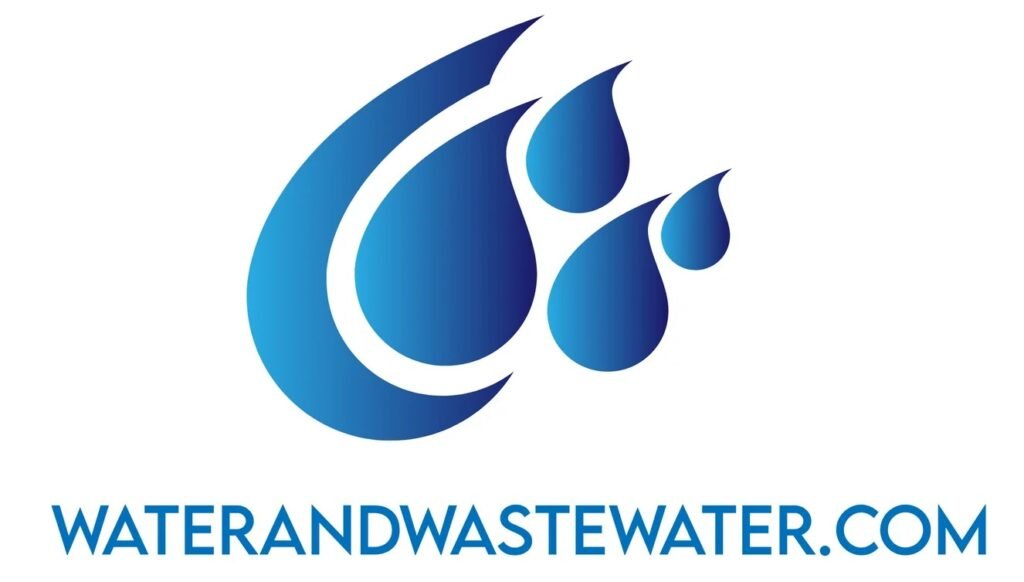Tag: sustainable
Understanding Side Entry Ball Valves: An In-Depth Analysis Introduction In the realm of industrial applications, valves play a crucial role in controlling the flow of fluids in piping systems. Among various types of valves, the side entry ball valve has garnered significant attention due to its simplicity, reliability, and effectiveness in a variety […]
Rising Stem Ball Valves: An In-Depth Exploration Introduction In the world of industrial valves, ball valves are renowned for their durability, reliability, and versatility. Among the various types, rising stem ball valves stand out for specific applications, particularly in demanding environments. This article delves into the anatomy, functionality, advantages, applications, and maintenance of […]
Understanding Commercial Water Filtration Systems: A Comprehensive Guide Water is essential for life, yet the quality of water can vary significantly from one source to another. In commercial settings, where large quantities of water are used daily for various applications, the quality and safety of that water are paramount. This is where commercial water […]
Water Softening by Filtration: An In-Depth Examination Water is fundamental to life, but not all water is created equal. The quality of water we use can dramatically affect our health, household appliances, plumbing systems, and even the environment. Hard water, characterized by high levels of calcium and magnesium, is a common issue that affects […]
How Much Does a Water Softener Filtration System Cost? Water quality is a crucial component for health, comfort, and the longevity of household appliances. Hard water, characterized by high levels of calcium and magnesium, can cause a variety of issues—from scale buildup in pipes and appliances to dry skin and less effective cleaning. Water […]
The Comprehensive Guide to Reverse Osmosis Water Filtration Systems Water is the essence of life. It plays a vital role in our health, well-being, and daily activities. However, the water that comes from our taps can contain various contaminants harmful to our health. This is where reverse osmosis water filtration systems come into play. […]
Lift stations play a vital role in the movement of wastewater from lower to higher elevations, helping prevent flooding and sanitation issues. Understanding how lift stations work and the importance of timely repair can save communities from costly disruptions. These systems are used to transport wastewater when gravity alone isn’t sufficient, requiring pumps and equipment […]
Direct drive pumps offer a practical solution for many industries because they are compact and efficient. These pumps do not rely on extra gears or belts, which reduces energy loss and improves reliability. They are favored in applications that require high precision and minimal maintenance. The design of these pumps allows them to be used […]
Feed pumps play an essential role in various industrial systems, ensuring the efficient movement of liquids, often under pressure. These pumps are commonly used in settings such as water treatment plants and chemical processing, where precise control over fluid delivery is necessary. Selecting the right feed pump is crucial for maintaining optimal system performance and […]
Dewatering pumps are essential tools for removing unwanted water from construction sites, mines, and flooded areas. They efficiently transfer water from one location to another, ensuring the area remains dry and safe for work. These pumps come in various types, each suited for different tasks and environments, making them versatile equipment for many industries. The […]
